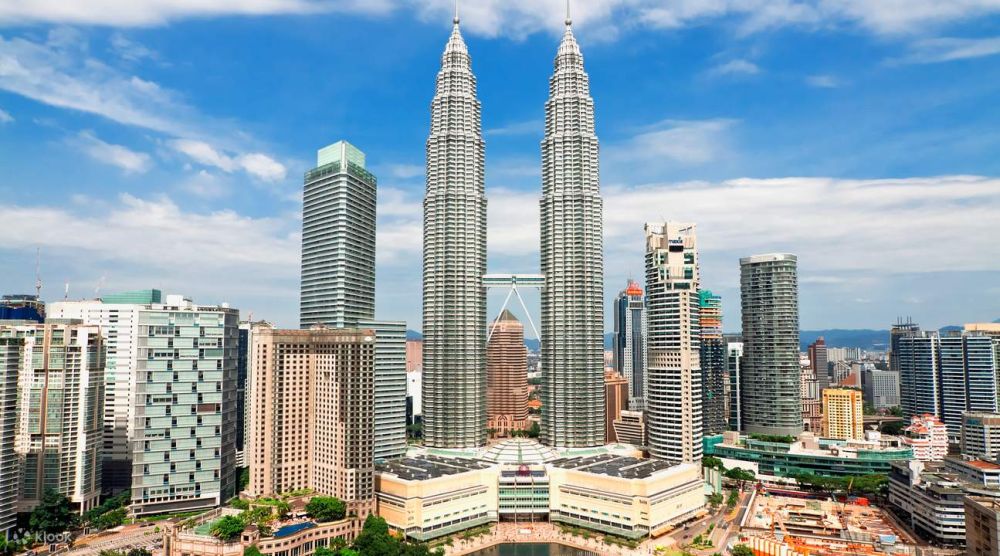

The Petronas Twin Towers, located in the heart of Kuala Lumpur, are one of Malaysia's most iconic landmarks and a pinnacle of tourism. Since their completion in 1998, the towers have been a symbol of Malaysia's rapid growth and modernization.
The Petronas Twin Towers were officially opened to the public in 1999. They were designed by the Argentine-American architect Cesar Pelli and stood as the tallest buildings in the world until 2004. The towers quickly became a must-visit destination for travelers, essentially redefining the Kuala Lumpur skyline.
Tourists flock to the site not only to gaze at the impressive exterior but also to venture up to the Skybridge that connects the two towers on the 41st and 42nd floors and the observation deck on the 86th floor. Here, visitors are treated to panoramic views of the city.
Over the years, the Petronas Twin Towers have played a significant role in boosting Malaysia's tourism industry. The landmark attracts millions of visitors each year, contributing significantly to the nation's economy. It has also appeared in numerous films and TV shows, which has further increased its global reputation.
In recent times, the tourism trend surrounding the Petronas Twin Towers has shifted towards more immersive experiences. Visitors are seeking to connect with the cultural aspects of Kuala Lumpur through guided tours that include the towers as part of a larger itinerary encompassing local cuisine, shopping, and historical sites. Moreover, the emphasis on sustainable tourism practices has been growing, with efforts to maintain and present the towers in environmentally friendly ways.
For those planning to visit, it's important to note that tickets to the Skybridge and observation deck are limited, so it’s advised to book in advance. The area surrounding the towers, known as the Kuala Lumpur City Centre (KLCC), is a vibrant hub of activity with shopping malls, parks, and a wide range of dining options, making it a full-day excursion for many tourists.
Overall, the Petronas Twin Towers continue to be a central player in the narrative of Kuala Lumpur's tourism story, drawing visitors with their architectural splendor and the promise of a unique, high-rise experience.